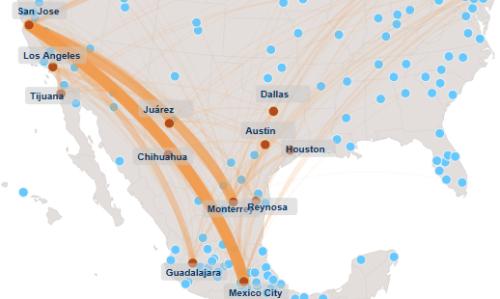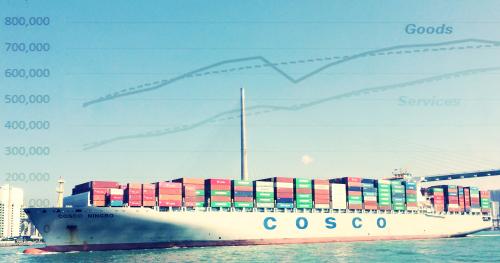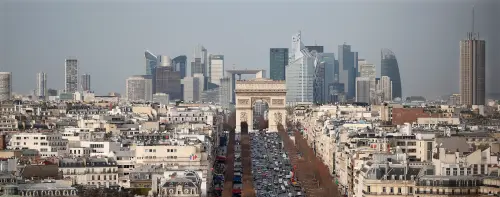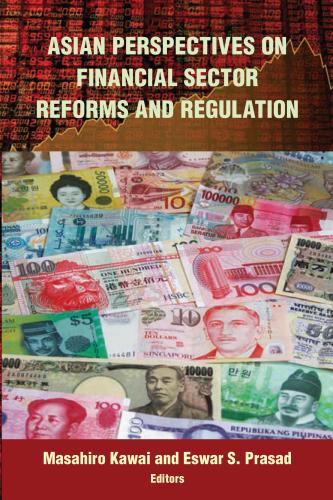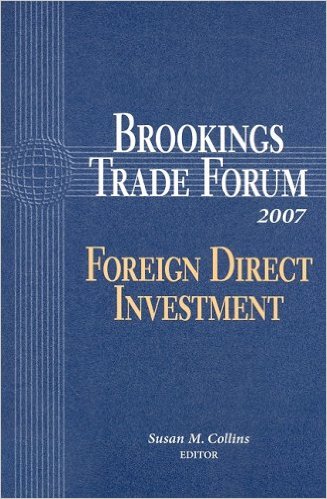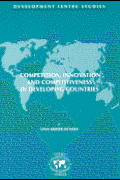Economic theory, world history, and contemporary experience show that metropolitan areas (i.e., city-regional economies) and trade are inextricably linked. Trade is essential to metro areas—it is how they grow their economies. And metro areas are essential to trade—they provide the specialization and market access that facilitates exchange among producers and consumers. This report examines how the intersection between metro areas and trade is motivating a new—yet old—approach to economic growth in an age of increasing international exchange and rapid urbanization.
- Cities, not nations, were the original global commercial nodes. From the first urban civilizations in Mesopotamia, to the Silk Road connecting cities from the Mediterranean to central China, to the Crusades-era city-republics of modern day Italy, to the medieval network of maritime trading cities that formed Northern Europe’s Hanseatic League, cities were the indispensable actors of global trade before the rise of the nation-state. They enhanced trade by providing the physical space, constant interaction, and economic specialization needed to facilitate exchange between previously isolated actors.
- Two centuries of economic theory reveal how metro areas both facilitate trade, and are themselves an outcome of trade. Adam Smith observed that large markets give rise to the division of labor upon which specialization and trade depend. This eventually led to Ricardo’s theory of comparative advantage and the Heckscher-Ohlin model of factor endowments that helped explain trade patterns among cities and nations. Marshall, meanwhile, explained how metro areas exhibit agglomeration economies that enhance their productivity and capacity for trade. And Krugman observed that in a world of mobile capital and labor, metro areas remain critical nodes for trade because their exporting firms can benefit from both scale economies and access to large local markets.
- Metro areas depend on trade for their own prosperity. The goods and services produced by
a metro area’s firms that are consumed elsewhere—its exports—inject income from outside the region into the local economy. In turn, that income supports the purchase of local goods and services,
creating a “multiplier effect” that increases regional employment and income. Moreover, exporting—especially to international markets—entails high fixed costs and demands high firm productivity. As a result, exporting metro economies are overall more productive and wealthier. - Trade is becoming increasingly important to global and national economies, thanks in part to the growth of metro areas. The rapid advancement of technology, the growth of multinational corporations, and the concomitant rise of Latin America and Asia have helped to triple trade’s share of global output since 1950. Metro areas, meanwhile, increased their share of world population from just 30 percent in 1950 to more than 50 percent today. Urbanization enhances the productivity and export potential of countries, while upgrading jobs and incomes for their populations that can ultimately translate into demand
for higher-value imported goods and services. In 2012, the world’s 300 largest metro economies
contain approximately 19 percent of global population but account for 48 percent of world GDP. - Trade defines a metro economy’s global economic character. Not all cities are “global cities” in the way that researchers have defined the term, but all cities are touched by the process of globalization by virtue of their distinctive specializations and positions in complex global supply chains. Not only New York, London, and Tokyo, but also São Paulo, Buenos Aires, and Seoul lead in the production of advanced services. Madrid, Hong Kong, and Dubai are centers of media and information. Nagoya, Hannover, and Milwaukee are globally significant manufacturing hubs. And U.S. metro areas such as Wichita, Greenville, and Portland rank among the nation’s most trade-oriented economies by virtue of their world-class local industry clusters.
- Metro areas are critical actors for helping
boost national and global trade. Beyond national
platform-setting activities like trade agreements,
currency policy, and investment in research and
development, forward-thinking metro leaders—in
some cases together with state and national
partners—are increasingly adopting strategies
to enhance their global trade position. At one
level, they are investing in the key assets that
drive trade: building an innovation ecosystem in
Shenzhen; improving human capital for the aerospace
industry in Wichita; and using inherited land
and infrastructure to build a world-class inland
port in San Antonio. At another level, they are
organizing for trade: conducting a detailed market
assessment to inform new export strategies in
Portland; coordinating regionally and with higherlevel
governments to drive inward investment in
Rio; and financially supporting the global trade
ambitions of small/medium-sized enterprises in
Hong Kong and Singapore. Finally, they are boosting
trade by building structured relationships
with trading partners, including cultivating sustained,
market-oriented linkages with Beijing and
Shanghai in the San Francisco Bay Area.



